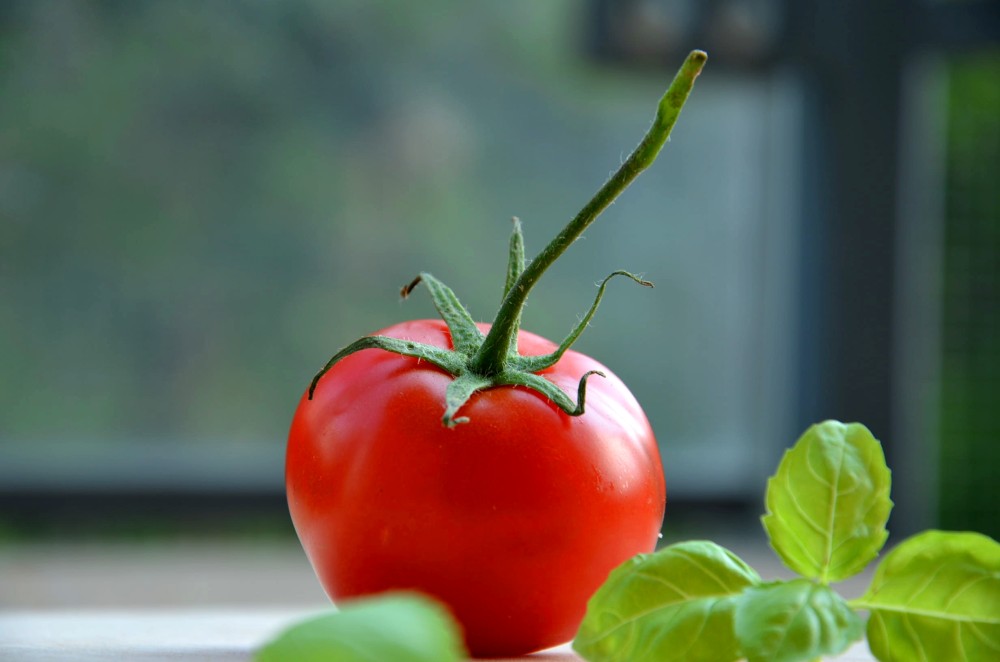Leaving Grow Lights On 24 Hours: Right Or Wrong? -Part I
Leaving grow lights on 24 hours a day makes a lot of sense. More light means more growth and more yield, after all. Or does it? There is no question that leaving your lights on longer results in faster growth. But does it actually increase yields? Or does it hurt them? It’s actually something in between. But there’s a lot more to it than that. Let’s dive into this surprisingly complicated question and find out whether your plants would benefit from 24 hours of daylight.
Leaving Grow Lights On 24 Hours
Running your lights 24/7 gives your plants more light. If you find they are not getting enough, this is a simple solution to increasing the amount of light they get throughout the day. But it is not the best solution. If your plants need more light, the best way to remedy the situation is to get more light fixtures, or to swap your existing ones out for more powerful ones. Leaving your lights on continuously is not a good idea. Let’s look at the pros and cons to find out why.
Advantages Of 24/7 Lighting
Keeping your lights on 24/7 has one advantage: it gives your plants more light (ok, there is one other advantage: you won’t need any grow light timers). More light means faster growth. If you leave your lights on around the clock during vegging, you will see faster growth, without a doubt. And you plants will start growing buds much sooner. But this benefit is outweighed by the disadvantages.
And leaving the lights on around the clock during flowering is not an option at all. Your cannabis plants won’t switch to flowering unless you reduce the lights to 12 hours a day.
If they are already flowering and you increase daylight to 24 hours, you’ll have a disaster on your hands. Your plants will revert back to the vegging stage and it will take forever to get them to re-enter the flowering stage. Never leave your lights on around the clock during flowering.
Disadvantages Of 24 Hour Daylight
The disadvantages of leaving your grow lights on 24 hours outweigh the one advantage. The primary disadvantage is that your plants get no rest period.
No Time To Respire
Sure, you can leave the lights on all the time. Your plants will grow faster. But if you leave them on continuously for many days, your plants will get weaker and weaker. They won’t grow as strong and they will become more susceptible to disease.
Think of it this way. As humans, we can stay up all night without any sleep. We get more done. And we can do it a few days in a row. But the longer we go, the weaker we get. We really need to get some sleep. Similarly, your plants need their rest.
During the daylight hours, marijuana plants (like all plants) use photosynthesis to convert carbon dioxide and the light from the sun, or from artificial grow lights, into sugars. At the same time, they release oxygen. And they are also respiring at the same time. When they are bathed in light, plants mostly photosynthesize, and only respire a little. When in darkness, they halt photosynthesis and focus solely on respiring. They need this to grow properly. When they respire, they metabolize the sugars created during photosynthesis into energy. They use that energy along with oxygen and nutrients from the soil to power various life processes.
Additional Costs
Running your lights 24/7 costs more money. You need to pay for the electricity to power the lights, and also for the electricity to power fans, air conditioners and any other equipment you might have running in your grow tent/grow room.
Additional Stress On Equipment
Leaving the lights on all night long also means that they, and other equipment, are running constantly, without any breaks. This puts additional stress on them and results in a shorter lifespan.
Additional Heat
Running your lights constantly generates more heat. As mentioned, this means you will also need to run fans and other cooling equipment 24/7. It also means your plants do not get a cooler night time, which is something they naturally expect.















